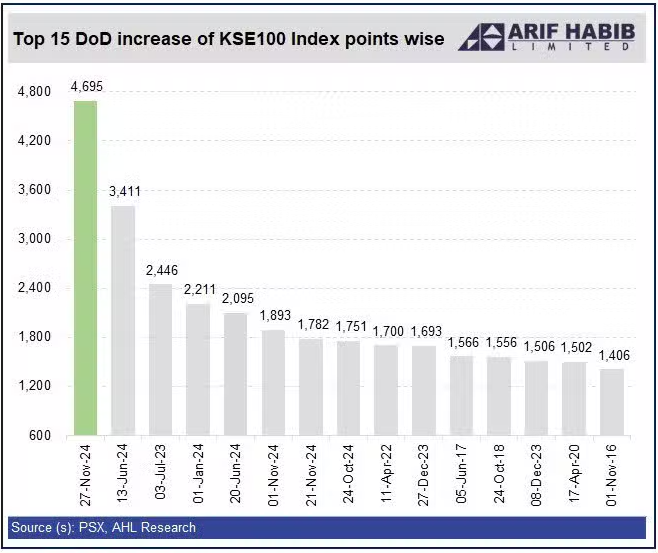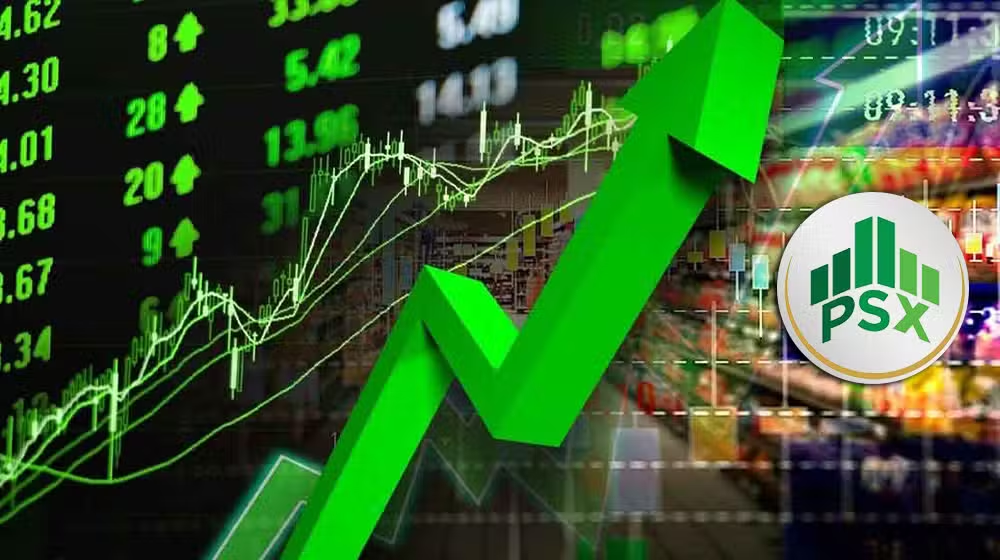The public authority is thinking about a huge ascent in oil based commodity costs. For the last 50% of July 2024, significant expansions in petroleum and diesel costs are expected.
Specialists in the business propose that petroleum costs might increment by Rs. 7.67 per liter, and high velocity diesel (HSD) could see an ascent of Rs. 3.72 per liter. Lamp fuel oil and light diesel oil (LDO) are additionally expected to go up by Rs. 2.39 and Rs. 0.92 per liter, individually.
These proposed changes, driven by worldwide oil costs, money trade rates, and monetary elements in the energy area, could prompt petroleum costing Rs. 273.28 per liter, HSD at Rs. 281.25 per liter, lamp oil at Rs. 184.25 per liter, and LDO at Rs. 166.65 per liter in the last option part of July 2024.
The assessment structure and anticipated changes in the dollar conversion scale are critical elements in these cost estimations. The Inland Cargo Balance Edge (IFEM) for petroleum is supposed to increment from Rs. 6.12 to Rs. 7.79, and for HSD, it is probably going to ascend from Rs. 3.11 to Rs. 4.51.
Also, sources have demonstrated that assuming an additional oil duty of Rs. 5 for every liter is forced, petroleum costs could move to Rs. 278.28 per liter, mirroring an ascent of Rs. 12.67, and HSD could arrive at Rs. 286.17 per liter, denoting an increment of Rs. 8.72.
As of late, worries over the increasing expenses of petroleum and diesel have heightened, with signs recommending an approaching expansion in costs. This improvement has ignited inescapable conversations and discussions among customers, policymakers, and industry specialists the same.
Monetary Elements Driving the Increment
A few monetary variables add to the expected ascent in fuel costs. Boss among these is the worldwide inventory network disturbance that has persevered since the beginning of the Coronavirus pandemic. Store network failures, combined with calculated difficulties, have fundamentally influenced the dissemination of unrefined petroleum and refined oil based goods around the world. Thus, the expense of acquirement has flooded, in this way affecting retail costs at service stations.
In addition, international pressures in significant oil-creating districts have additionally exacerbated this present circumstance. Hazards in key oil-trading countries have irregularly disturbed creation and products, making variances in worldwide oil costs. The resultant vulnerability has provoked oil organizations to change their evaluating methodologies, mirroring the unpredictable idea of the market.
Ecological Guidelines and Strategy Changes
Furthermore, tough natural guidelines and strategy changes play had a significant impact in molding the direction of fuel costs. States overall are progressively underlining the change towards sustainable power sources and executing carbon valuing components. These drives expect to control ozone depleting substance outflows and advance manageable energy rehearses. Thus, non-renewable energy source costs, including petroleum and diesel, are dependent upon higher administrative investigation and tax assessment, adding to costlier fuel costs.
Influence on Purchasers and Organizations
The looming expansion in petroleum and diesel costs bears critical ramifications for the two shoppers and organizations. For customers, higher fuel costs convert into expanded consumption on transportation and fundamental merchandise. This strains family financial plans and reduces optional spending limit, possibly hosing monetary development.
Organizations, especially those dependent on transportation and strategies, face raised functional expenses. These costs are frequently given to shoppers through greater costs of labor and products, in this manner energizing inflationary tensions across different areas of the economy.
Techniques for Alleviation
In light of the expected ascent in fuel prices, partners are investigating different relief techniques. Purchasers are encouraged to take on eco-friendly practices, for example, carpooling and keeping up with vehicles to improve fuel utilization. Organizations are urged to smooth out strategic activities and investigate elective energy sources to limit dependence on petroleum derivatives.
In addition, policymakers are asked to carry out extensive energy strategies that advance energy expansion and versatility. These actions remember effective financial planning for sustainable power foundation, upgrading energy proficiency principles, and encouraging worldwide collaboration to balance out worldwide energy markets.
Conclusion
As petroleum and diesel costs approach possible increments, partners should stay watchful and proactive in exploring these difficulties. By cultivating development, embracing feasible practices, and pushing for strategy changes, partners can on the whole moderate the monetary effects of fluctuating fuel costs and encourage a strong energy future. In rundown, while the possibility of higher petrol and diesel prices presents complex difficulties, it likewise highlights the earnestness for coordinated activity towards feasible energy arrangements and monetary strength.

 Business11 months ago
Business11 months ago
 Sports11 months ago
Sports11 months ago
 Entertainment11 months ago
Entertainment11 months ago
 News11 months ago
News11 months ago
 Entertainment10 months ago
Entertainment10 months ago
 General11 months ago
General11 months ago
 Sports11 months ago
Sports11 months ago
 Sports11 months ago
Sports11 months ago

















